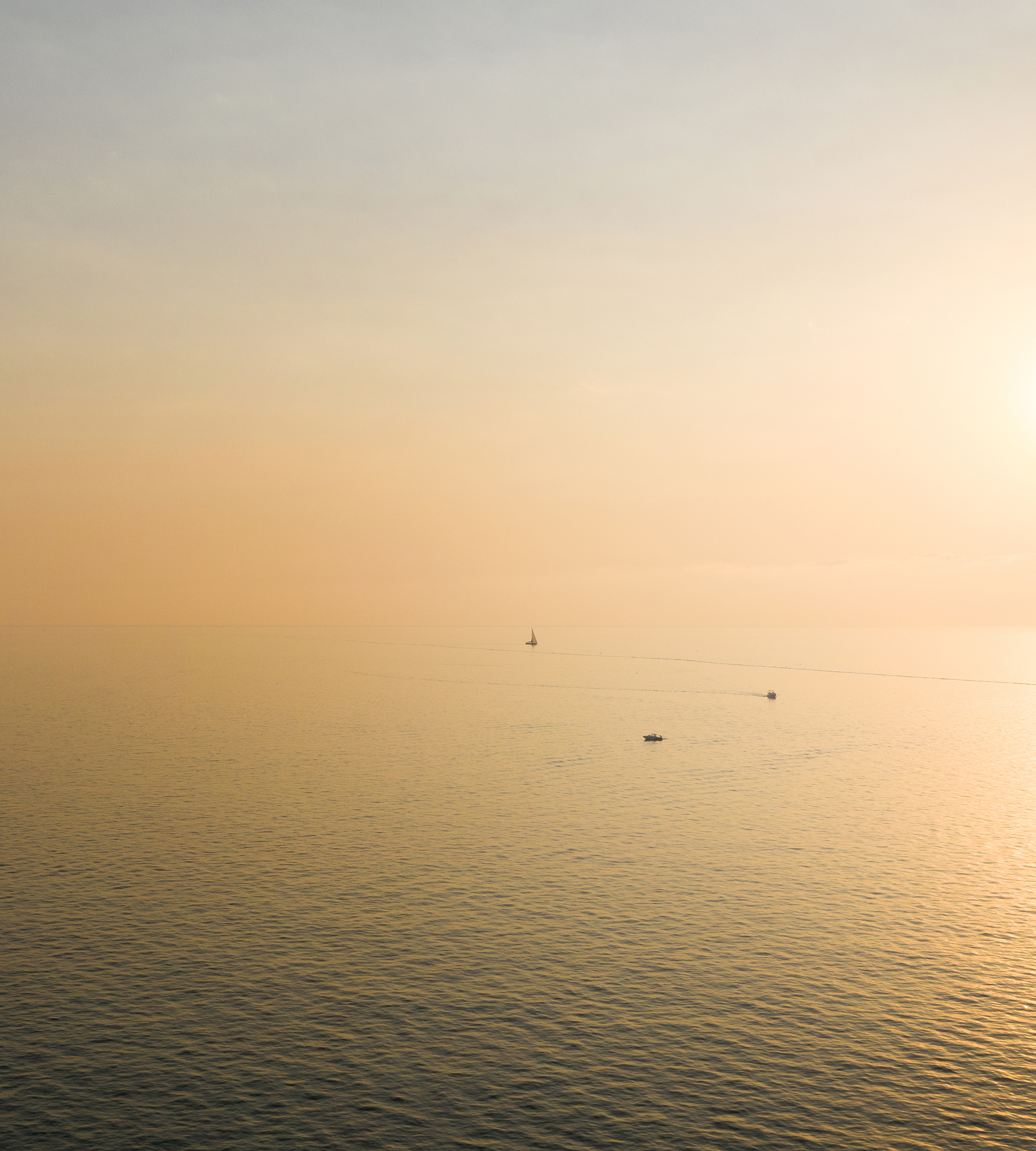Legends and Tales of the Black Sea
Legends and Tales of the Black Sea
The Black Sea serves as Georgia's access point to the waters of the world's oceans. As a geographical component of the Adjara region, it connects to the Mediterranean Sea. The Black Sea has been vital for Georgia, both now and in the distant past, as a significant factor in the development of civilization. Today, numerous renowned resorts line the Black Sea coastline, including the Ajara region and the city of Batumi, where the sea season bustles with both international and local tourists.
The earliest accounts of the Black Sea date back to the 5th century BC. Legend has it that it was through the Black Sea that Jason and the Argonauts arrived in Colchis, within present-day Georgia, in pursuit of the Golden Fleece. In Greece, there was a tale about the golden fleece (the golden hide of a ram) and the heroes who journeyed to Colchis aboard the ship "Argo" in search of this precious treasure. The myth of the Argonauts is of ancient origin and predates the legend of Troy. Even Homer mentions "the sea cutter, the famed ship Argo."
The geographer Strabo was the most passionate advocate for the historical authenticity of the Argonauts' journey. He described the Kingdom of Colchis as a wealthy land, abundant in resources for seafaring, particularly gold, silver, and iron ore. According to him, the Argonauts' expedition introduced the Greeks to the Euxine Pontus (now known as the Black Sea).
The history of the Black Sea and the origin of its name is fascinating. Several theories exist on this topic: Initially, the Greeks called the Black Sea Pontus Axinos (inhospitable) due to the challenges of navigating it. They later named it Pontus Euxinos (hospitable) when they gained a better understanding of the coastal areas and successfully colonized them. A second theory suggests that the Turks coined the name "Black" when they faced strong resistance from locals during their conquest of the coastal regions.
Thus, from the 15th century onwards, the Turks referred to it as "Karadeniz" or the Black Sea. Another explanation is tied to the sea's appearance. Seawater is not always blue; during winter, cold winds cause the sea's surface to darken and appear silvery, which is why it is called black. Hydrologists propose another theory, stating that seawater below 200 meters contains a significant amount of hydrogen sulfide. Any metal objects submerged in these depths corrode and develop black deposits. While the current boundary of hydrogen sulfide water lies 150-200 meters deep, it is possible that in the distant past, the bacteria producing this substance also inhabited the upper water layers. Ancient sailors reported that while sailing in the Black Sea, their ships would become enveloped in a black film, giving the impression that the sea itself was black.
The Black Sea is unique among the world's seas due to its two-layer structure, with hydrogen sulfide accumulating in the seabed over centuries. The seawater has a significant lack of oxygen, resulting in minimal water movement between the upper and lower layers. The oxygen deficiency in the lower layers renders this part of the sea inhospitable, preventing the existence of living organisms. The sea floor is home to the remains of ships that sank centuries ago, with their contents preserved to this day.
The Black Sea boasts a diverse array of life, with 3,774 species of living organisms residing here, the majority of which are invertebrates and algae. The sea is inhabited by both permanent residents and fish that migrate from the straits. Commercially significant fish species include bream, herring, roach, carp, mullet, horse mackerel, and tuna. Dolphins can be found living in groups within the sea. Among the Black Sea's plankton, one unusual species is worth mentioning: the so-called nocturnal luminary, which has the ability to phosphoresce. As a result, the sea sometimes emits a glow during the month of August.
A notable feature of the Black Sea is its tranquil nature. The sea lacks major currents, leading to a predominantly calm and quiet surface. The water temperature is pleasantly warm (maintaining a constant temperature of +9 degrees below 200 meters), making the resort season in Adjara last until the end of September. This further enhances the appeal of this remarkable Georgian region for tourists. The Black Sea coast of Ajara is characterized by extraordinary beaches, many of which are covered with fine pebbles. The sun-warmed stones provide a unique therapeutic experience. Additionally, within Georgia, the flora-rich mountains situated near the seaside resorts create an aesthetically pleasing backdrop for visitors who come to the area.
